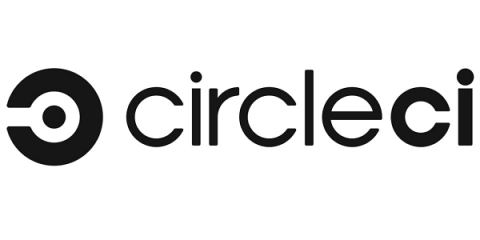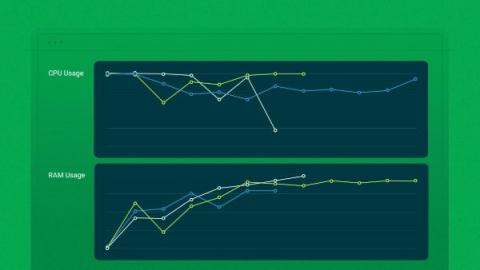Advanced pipeline orchestration with the circleback pattern
With multiple teams working on many projects, having a single pipeline for your software is just not enough. These projects need to be built and integrated before they can be tested and released. So how do dev teams handle this situation? Many teams approach the problem by breaking down software into smaller parts that do less, and are easier to maintain and build. This approach has resulted in the microservices architectures that are increasingly common in our industry.











